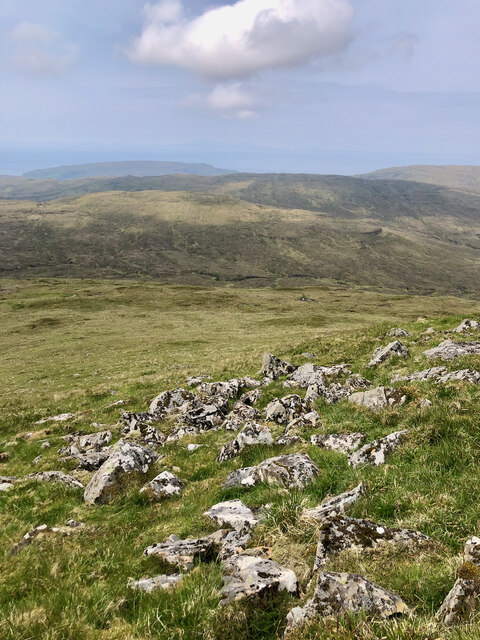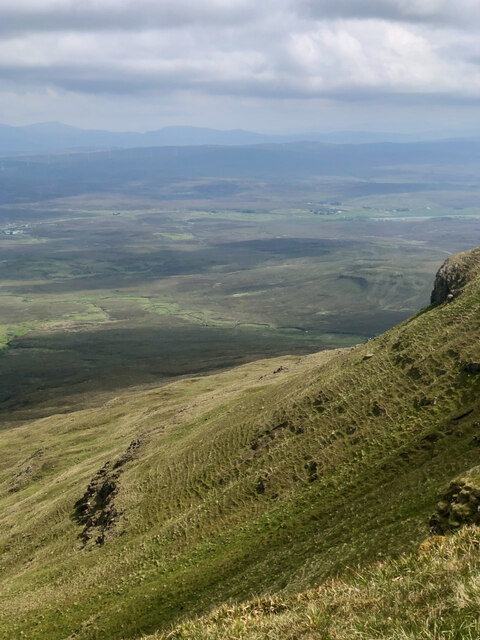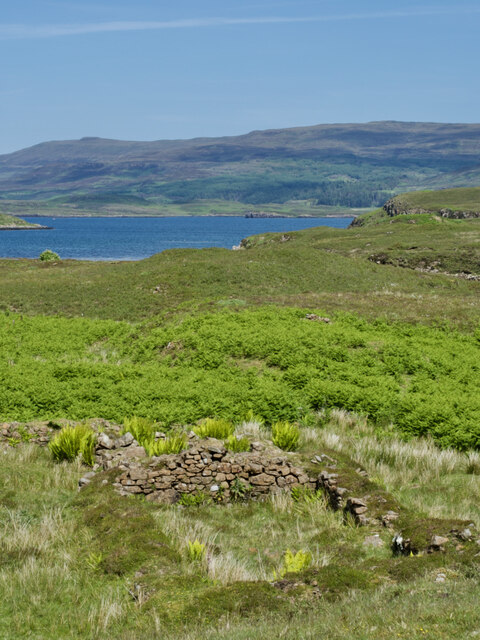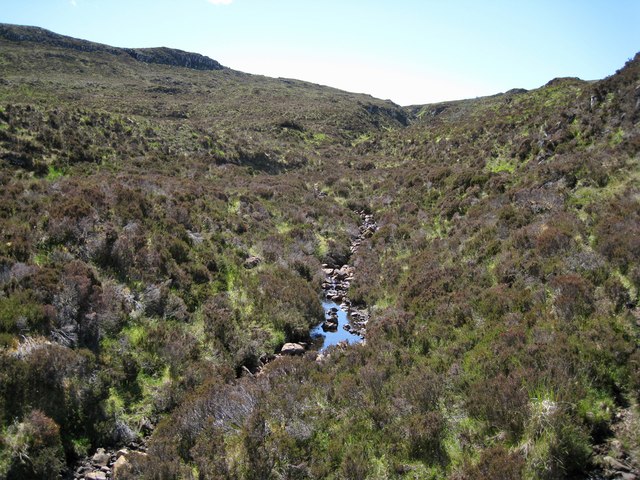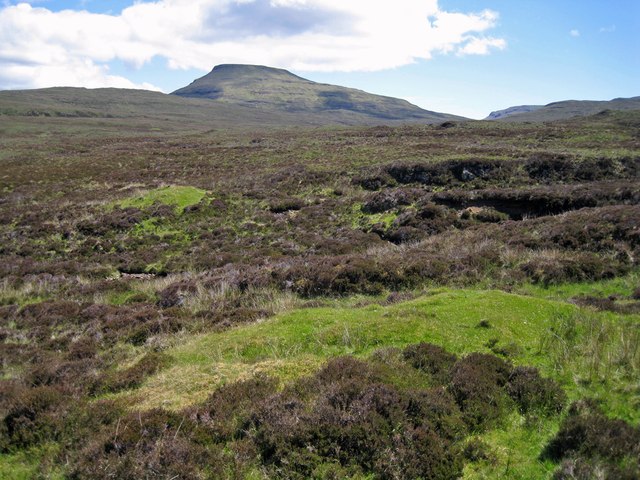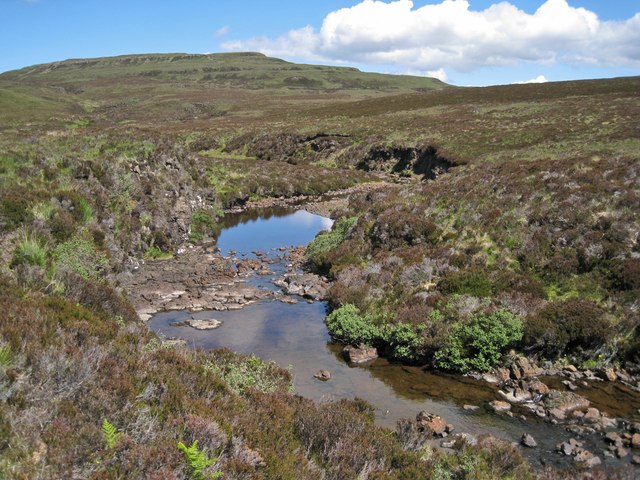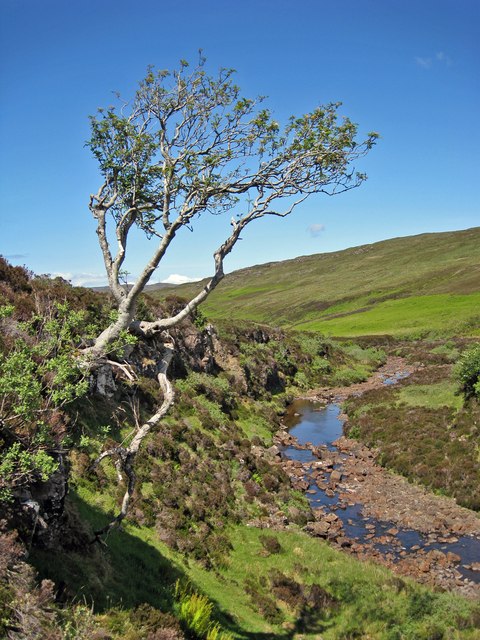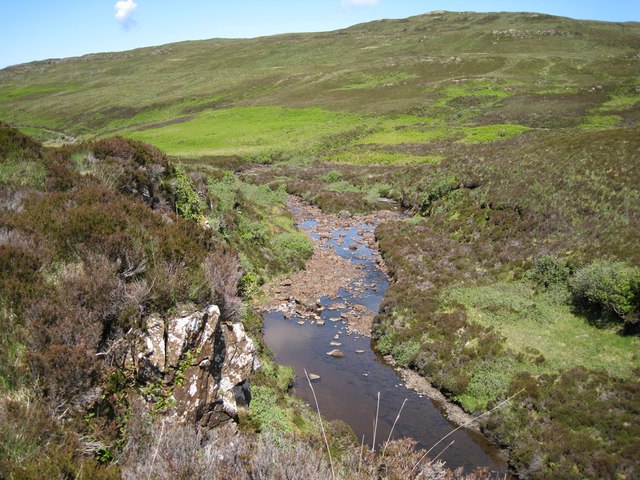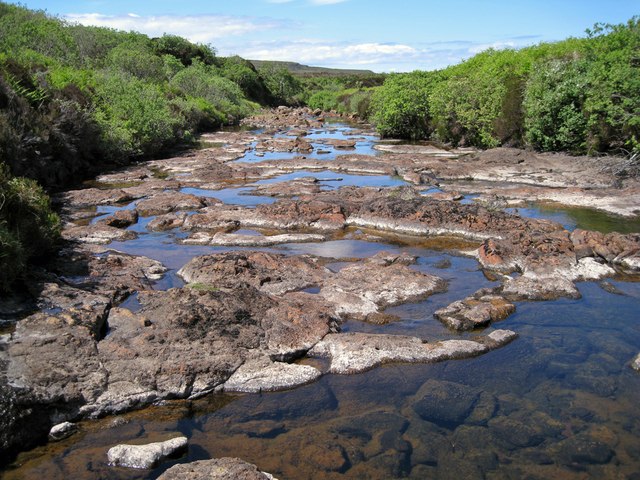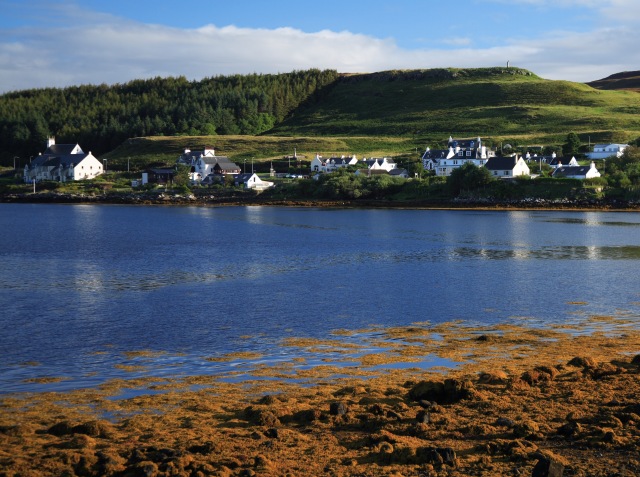Beinn Mhaol
Hill, Mountain in Inverness-shire
Scotland
Beinn Mhaol
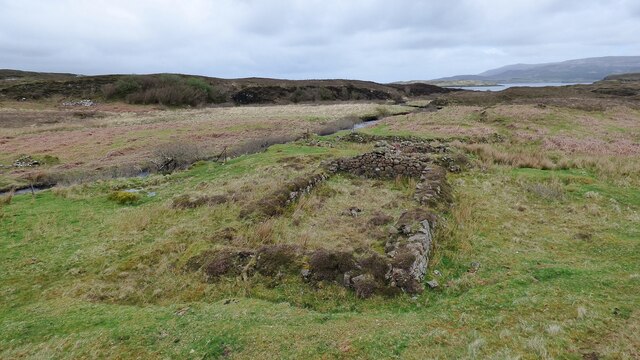
Beinn Mhaol is a prominent hill located in Inverness-shire, Scotland. It is situated in the western part of the county, near the village of Kinlochewe. The hill is part of the Torridon range, which is known for its rugged and breathtaking landscapes.
Standing at an elevation of 917 meters (3,009 feet), Beinn Mhaol offers majestic views of its surroundings. Its steep slopes and rocky terrain make it a popular destination for outdoor enthusiasts, particularly hikers and mountaineers. The hill is often climbed in conjunction with its neighboring peaks, such as Sgurr Dubh and Beinn Liath Mhor.
The ascent of Beinn Mhaol can be challenging due to its rough and uneven terrain. However, the reward is an awe-inspiring panorama of the Scottish Highlands, with its vast lochs, glens, and distant mountains. On clear days, it is possible to see as far as the Isle of Skye and the Outer Hebrides.
The hill is also rich in biodiversity, providing a habitat for various species of plants and animals. The lower slopes are covered in heather and bracken, while the higher reaches are adorned with alpine flowers. Birdwatchers may spot golden eagles, peregrine falcons, and ptarmigans in the vicinity.
Beinn Mhaol is a cherished natural landmark in Inverness-shire, attracting visitors from far and wide who seek to immerse themselves in its wild and untamed beauty. Whether it's for a challenging climb or simply to admire the stunning vistas, this hill is a must-visit for nature lovers and adventure seekers alike.
If you have any feedback on the listing, please let us know in the comments section below.
Beinn Mhaol Images
Images are sourced within 2km of 57.419927/-6.6422036 or Grid Reference NG2146. Thanks to Geograph Open Source API. All images are credited.
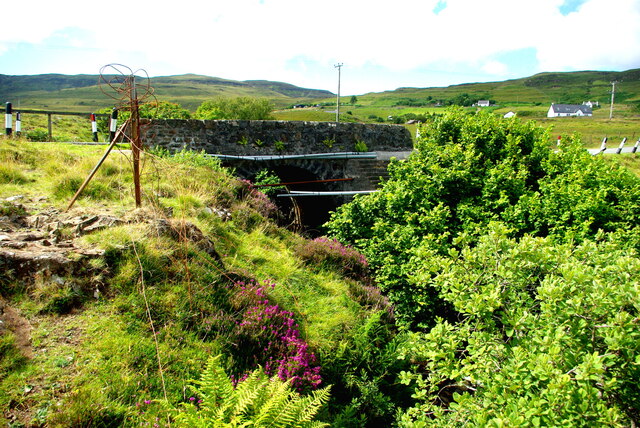
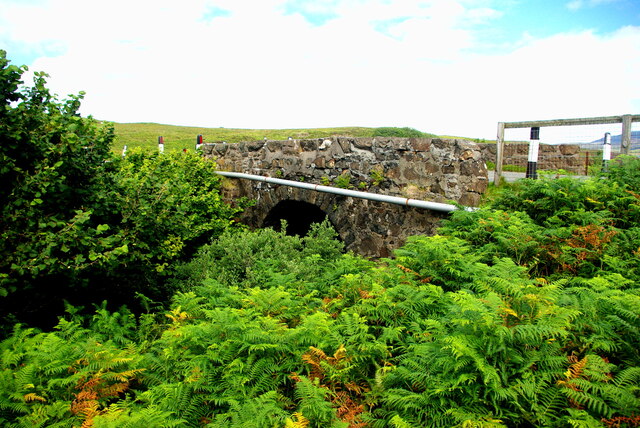
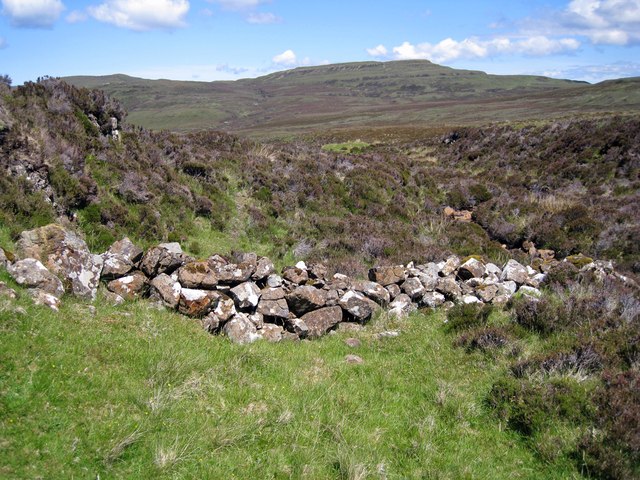
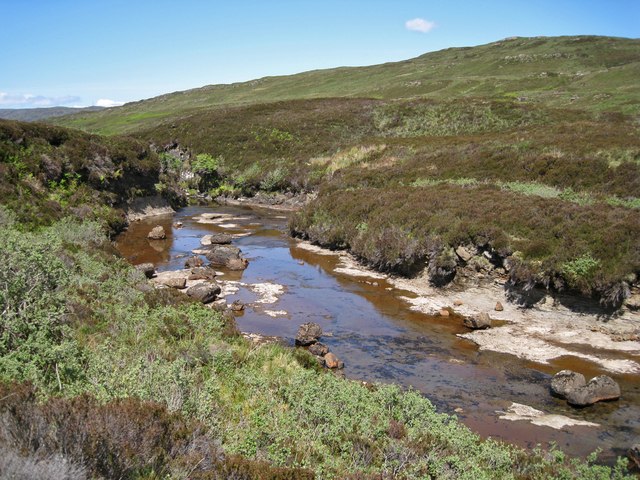
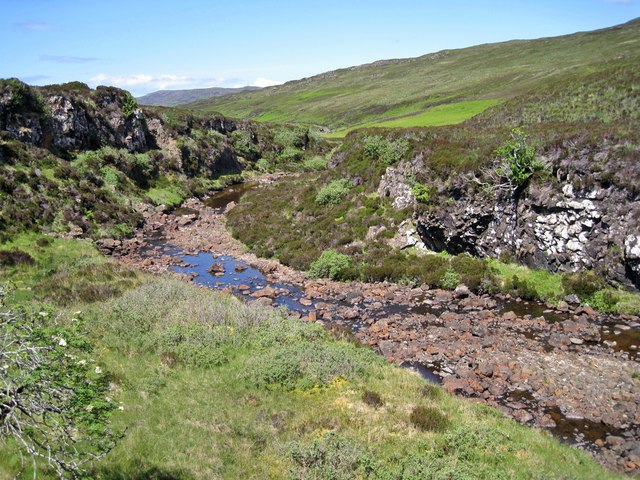
Beinn Mhaol is located at Grid Ref: NG2146 (Lat: 57.419927, Lng: -6.6422036)
Unitary Authority: Highland
Police Authority: Highlands and Islands
What 3 Words
///alpha.retailing.horn. Near Glendale, Highland
Nearby Locations
Related Wikis
Duirinish, Skye
Duirinish (Scottish Gaelic: Diùirinis) is a peninsula and civil parish on the island of Skye in Scotland. It is situated in the north west between Loch...
Colbost
Colbost (Scottish Gaelic: Cealabost) is a scattered hamlet on the B884 road, in the Glendale estate, overlooking Loch Dunvegan on the Scottish island of...
The Three Chimneys
The Three Chimneys is a restaurant in Colbost, Isle of Skye, Scotland. While in operation beforehand, the restaurant came to prominence after being taken...
Eilean Mòr, Loch Dunvegan
Eilean Mòr is an uninhabited island in Loch Dunvegan in north west Skye, Scotland. At low water the island is connected to Eilean Dubh. == Footnotes ==
Dunvegan
Dunvegan (Scottish Gaelic: Dùn Bheagain) is a village on the Isle of Skye in Scotland. It is famous for Dunvegan Castle, seat of the chiefs of Clan MacLeod...
Healabhal Bheag
Healabhal Bheag is a hill located on the Duirinish peninsula of the Isle of Skye in the Inner Hebrides, Scotland. It is also known as MacLeod's Table South...
Fasach
Fasach (Scottish Gaelic: Fàsach) is a crofting settlement in Glendale on the Duirinish peninsula of the Isle of Skye, Scottish Highlands and is in the...
Dunvegan Castle
Dunvegan Castle (Caisteal Dhùn Bheagain) is located 1 mile (1.6 km) to the north of Dunvegan on the Isle of Skye, off the west coast of Scotland. It is...
Related Videos
3 Chimneys #foodietraveler #scotlandtravel #isleofskye
Join the Journey as Merge Travel Company visits the 3 Chimneys Restaurant on the Isle of Skye. This gastronomic adventure is ...
I found a clansman ashes 😳, for real, Durnish chapel, amazing place #clan #nc500 #scotland #touring
Really did not expect this, I was passing the Durnish stone and what popped up, this Amazing clansman chief cemetery, bonus.
Have you been to Beinn Mhaol?
Leave your review of Beinn Mhaol below (or comments, questions and feedback).
